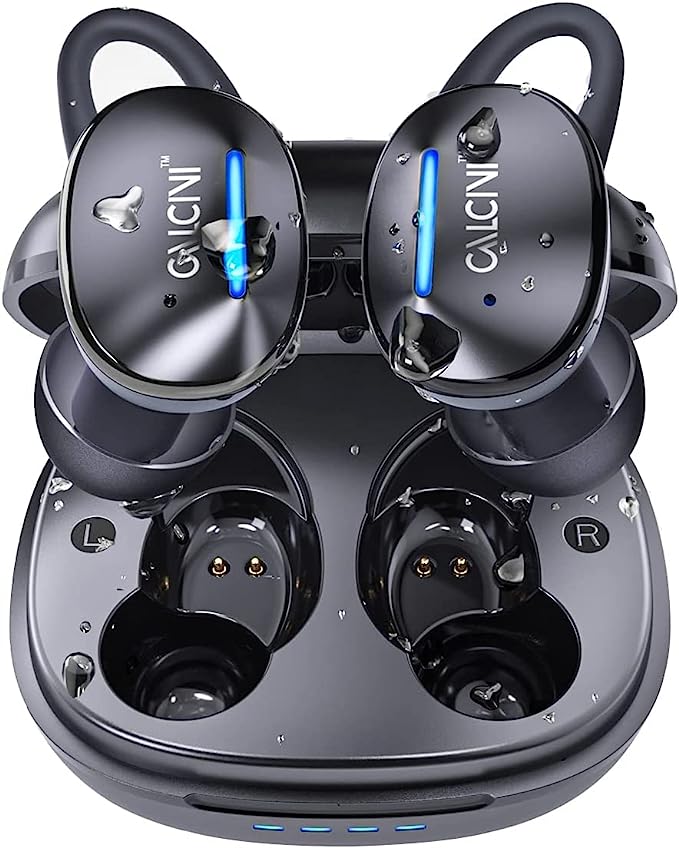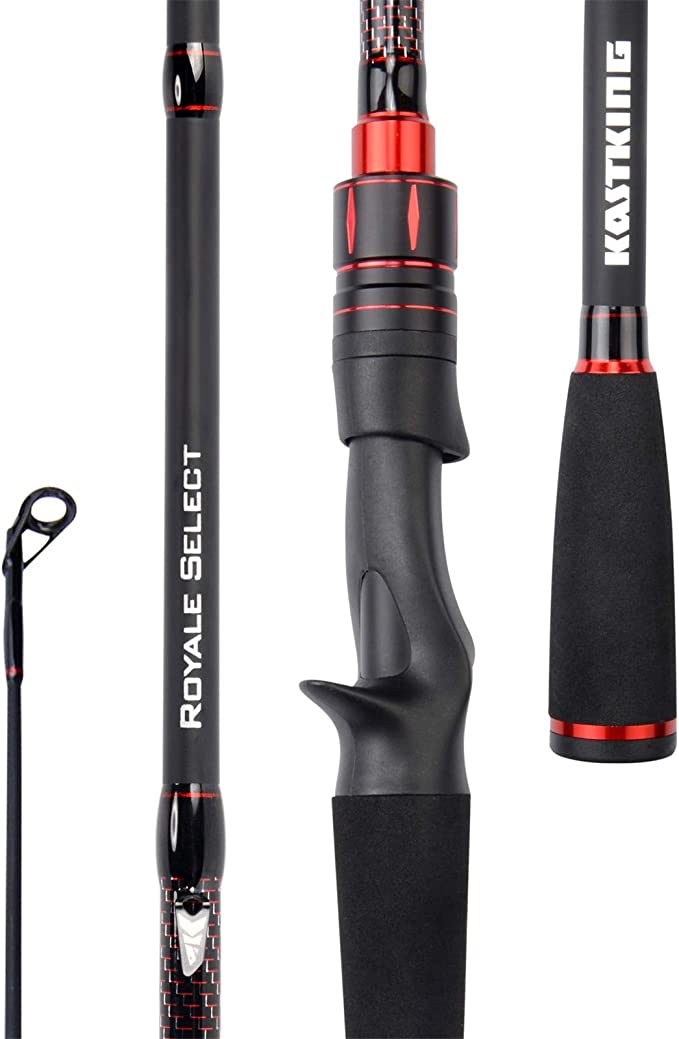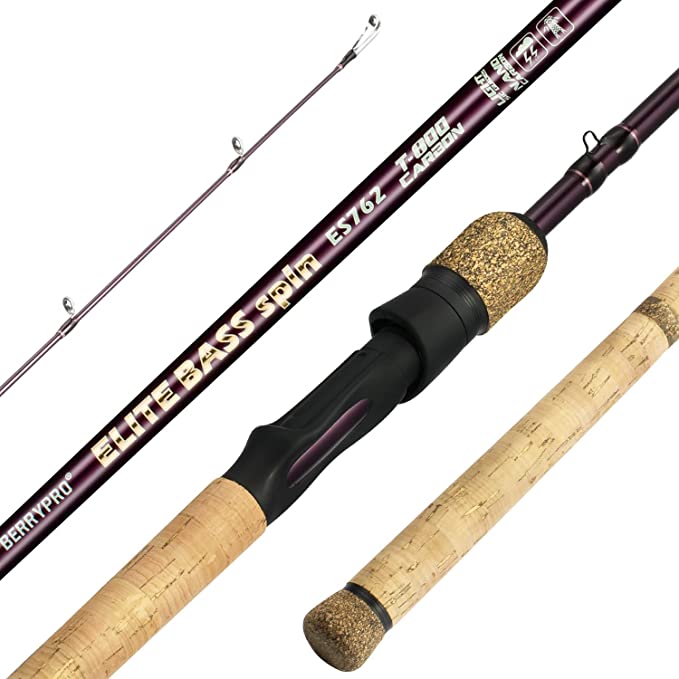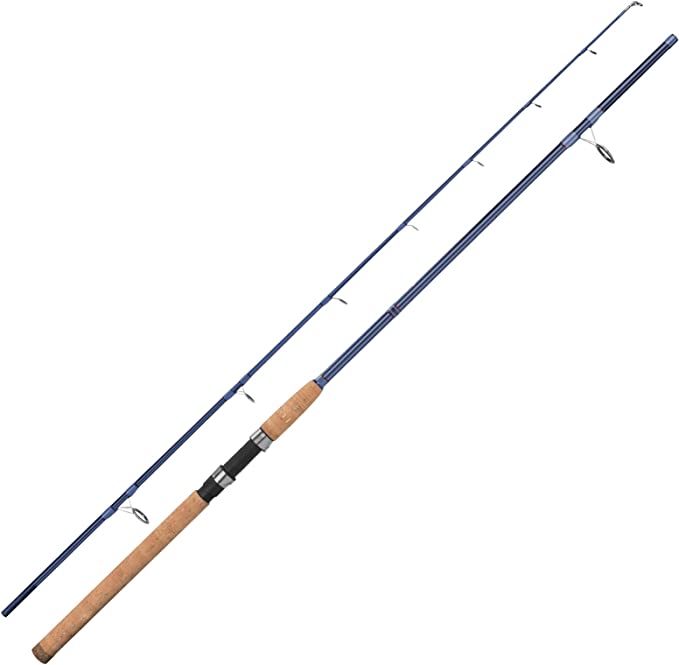Kanggogo Maxituan: Your Spacious Canvas Oasis Awaits
Update on June 13, 2025, 11:14 a.m.
The call of the wild, once answered with Spartan simplicity, now often harmonizes with a desire for comfort and a touch of the familiar. This is the heartland of “glamping,” a burgeoning movement that seeks to immerse us in nature’s embrace without entirely forgoing the amenities that make life a little smoother. Central to this experience is the shelter itself, and few designs evoke the spirit of spacious, communal outdoor living quite like the bell tent. With roots stretching back through history in various yurt-like forms, the modern bell tent is seeing a renaissance. Enter the Kanggogo Maxituan Cotton Canvas Bell Tent, a contemporary iteration promising a unique outdoor haven. But beyond its inviting silhouette, what is the science that underpins its design and performance? As an outdoor gear analyst with a keen eye for material science, let’s peel back the layers.

The Fabric of Your Outdoor Home: Materials Science Unveiled
A tent is, at its core, a sophisticated fabric structure. The choices made here dictate everything from breathability and water resistance to durability and even the overall feel of the interior environment. Kanggogo’s Maxituan employs a considered blend of materials, each playing a specific role.
The roof, arguably the most critical interface with the elements, is crafted from Technical Cotton (TC). Now, what exactly is TC? It’s not your grandmother’s canvas, nor is it a purely synthetic shield. TC is typically a clever blend of natural cotton fibers and robust polyester. This marriage aims to harness the best of both worlds. Cotton, a natural cellulose fiber, is inherently breathable. Its fibers can absorb and release moisture vapor – think of the humidity generated by occupants breathing or damp gear. This “breathing” action can significantly reduce that clammy, stuffy feeling often experienced inside fully synthetic tents, contributing to a more pleasant interior climate. Furthermore, cotton has a certain tactile appeal and can offer a muted, natural light quality.
The polyester component in TC, however, is crucial for practicality. Polyester fibers are hydrophobic (water-repelling), strong, and offer excellent resistance to UV degradation from sunlight, which can weaken fabrics over time. They also add dimensional stability, reducing the stretching and sagging that pure cotton might exhibit when wet. The challenge with any cotton content, even in a blend, lies in its hydrophilic (water-attracting) nature. While it breathes out vapor, it can also absorb liquid water. If a TC fabric becomes saturated and isn’t dried thoroughly, it can become heavy, take longer to dry, and, critically, become a welcoming environment for mildew. This is a scientific trade-off: enhanced breathability and comfort versus more demanding care requirements, especially concerning moisture.
Moving to the tent’s main body, the sidewalls of the Maxituan are constructed from 210D Oxford Fabric, while the more robust floor utilizes 600D encrypted Waterproof Oxford Cloth. The “D” here stands for Denier, a unit of measurement for the linear mass density of fibers. Simply put, it’s a measure of the thickness or fineness of the yarn. A higher Denier number, like 600D, indicates a heavier, thicker, and generally more durable yarn compared to 210D. Oxford is a type of weave, often a basketweave, known for its good tensile strength and resistance to abrasion and tearing – qualities highly desirable in a tent that will face wind, ground friction, and the general wear and tear of camp life. The “encrypted” description for the floor fabric likely refers to a particularly dense weave, further enhancing its toughness against sharp stones or sticks.
To fend off the rain, these Oxford fabrics are treated with a Polyurethane (PU) coating. Imagine this as an infinitesimally thin, flexible, plastic-like film bonded to the fabric’s inner surface. This PU layer acts as a physical barrier, preventing liquid water droplets from passing through the tiny interstices in the fabric weave. The waterproof capability of such coatings is often quantified by a hydrostatic head rating, measured in millimeters (mm). The Maxituan’s sidewalls are rated at PU2000mm, and the floor at PU3000+. This means the fabric can withstand the pressure exerted by a column of water 2000mm (or 2 meters) and 3000mm (3 meters) high, respectively, before water begins to penetrate. For context, a rating of 1500mm is generally considered waterproof for light to moderate rain, so 2000mm and 3000+mm suggest a good level of protection for typical camping scenarios. The higher rating for the floor is logical, as it’s in direct contact with potentially damp ground and may experience pressure from occupants and gear.

Engineered for Experience: Structure, Space, and Stability
The classic bell tent, or yurt-inspired design, is not merely an aesthetic choice; it’s rooted in sound engineering principles. The Maxituan, with its approximate 16.4-foot (5-meter) diameter and impressive 9-foot 2-inch (2.8-meter) center height, offers a voluminous interior. This expansive space, capable of accommodating 8-10 people as per the product description, is a hallmark of the design.
The structural integrity largely relies on a single, robust center pole that pushes the apex 하늘wards, creating the conical roof. This shape is inherently stable. Wind flows more smoothly over a cone than a flat wall, reducing pressure points. The tension created by guy lines staked out from multiple points around the tent’s circumference is critical. These lines pull the fabric taut, preventing flapping (which can stress seams and fabric), and transfer wind loads into the ground. Think of it like a bicycle wheel: the hub (apex), spokes (fabric panels/guy lines), and rim (ground pegs) all work in concert. The eight side poles mentioned in the product details likely serve to lift the sidewalls, maximizing usable headroom right to the edges of the tent, a significant comfort factor.
A standout feature of the Maxituan is its ventilation system, crucial for comfort and for managing a persistent challenge in almost any tent: condensation. The product boasts a large top ventilation skylight and no fewer than eight removable doors which can be rolled up, effectively turning much of the wall into open, mesh-screened windows. From a scientific perspective, this design is excellent for promoting airflow. Warm, moist air generated by occupants and their activities is less dense and will naturally rise. The top vent provides an escape route for this air – a phenomenon known as the chimney effect or stack effect. Simultaneously, the multiple low-level openings provided by the doors allow cooler, drier ambient air to be drawn in. This continuous exchange, or cross-ventilation, is vital. It helps to flush out humidity, reduce interior temperatures in warm weather, and, importantly, minimize the conditions conducive to condensation. The inclusion of mesh screens is a practical necessity, forming a barrier against insects while still permitting air to circulate.

Navigating “All-Season” Claims: Warmth, Weather, and Reality Checks
Kanggogo describes the Maxituan as an “ALL YEAR LIVING TENT,” a bold claim that warrants a closer scientific look, especially in the diverse climates of North America.
A key feature supporting cooler weather use is the integrated 4-inch stove jack. This is an opening, typically made from a high-temperature resistant, fire-retardant material (as stated for this tent), allowing the flue pipe of a small wood-burning tent stove to pass safely through the tent fabric. A stove can transform a chilly tent into a cozy haven, extending the camping season significantly. The science here is straightforward heat transfer – the stove radiates heat, warming the air and occupants. However, the use of any combustion device inside an enclosed space demands extreme caution regarding ventilation (to prevent carbon monoxide buildup) and clearance from flammable materials. The fire-retardant material of the jack itself is a crucial safety feature, designed to prevent the hot flue from igniting the surrounding tent fabric. Standards like CPAI-84 are often cited for tent flammability resistance in North America.
Now, let’s tackle the camper’s nemesis: condensation. It’s the phenomenon where water vapor in the air turns into liquid water droplets upon contact with a cooler surface. Inside a tent, occupants exhale water vapor (an adult can exhale up to a liter of water overnight), and activities like cooking or drying wet gear add more. If the tent fabric’s inner surface is cooler than the dew point of the interior air, condensation will form – just like on a cold can of soda on a humid day. Single-wall tents, or tents with significant cotton content that can absorb and hold moisture, can be particularly prone to this if not managed.
The Maxituan’s TC cotton roof, while breathable to vapor, can still become a condensation surface. The primary defense, as alluded to by its design, is vigorous ventilation. By constantly exchanging moist interior air with drier exterior air, the humidity inside can be kept below the saturation point. Even in cold weather, cracking a top vent and a lower door (on the downwind side to avoid drafts) can make a huge difference. Sometimes, if the temperature gradient is steep and humidity high, some condensation is almost inevitable. It’s not necessarily a flaw in the tent, but a law of physics at play.
So, is the Maxituan truly a “4-season” tent? This term can be misleading. In the outdoor industry, a “4-season” or “expedition” tent is typically engineered to withstand harsh winter conditions: heavy snow loads, high winds, and extreme cold, often found in mountaineering. While the Maxituan’s PU coatings (2000mm walls, 3000+mm floor) and seam sealing (“waterproof special coating glue + dense thread sewing”) offer good protection against rain, and the stove jack allows for heating, its bell shape, while stable in wind, might not be optimal for shedding very heavy, wet snow. Large, gently sloping surfaces can accumulate snow, potentially stressing the fabric and poles beyond their design limits. Some user reviews mentioned collapse in light snow. This suggests that while it can certainly be used in colder weather and light winter conditions with appropriate precautions (like diligent snow clearing and a well-managed stove), it’s likely not intended for severe alpine environments. Its “4-season” capability leans more towards extended three-season use and milder winter glamping rather than extreme winter expeditions.
Living Harmoniously with Your Canvas Companion: Smart Use and Care
Understanding the science behind your tent also empowers you to use and maintain it for optimal performance and longevity. The inclusion of a Positioning Disk and Positioning Webbing for setup is a thoughtful touch, aiding in achieving the correct circular footprint and even tension, which are vital for stability and proper water shedding. Selecting a flat, well-drained campsite is always crucial; pitching in a depression is an invitation for water to pool under the floor, testing even the best waterproofing.
The TC cotton in the roof, while offering comfort benefits, demands specific care, primarily concerning moisture. This brings us to the issue of mildew and mold, a common concern with any fabric containing natural fibers if stored improperly. Mildew and mold are fungi, and they thrive in environments with three key ingredients: moisture, warmth (a wide range is suitable), and a food source. Cotton cellulose is an excellent food source. If the Maxituan’s TC cotton roof is packed away while still damp, even slightly, these microscopic fungal spores (which are everywhere in the environment) can germinate and flourish, leading to unsightly stains, musty odors, and eventual fabric degradation.
The golden rule, therefore, is to ensure the tent is BONE DRY before storage. This isn’t just a casual suggestion; it’s a scientific imperative for preserving any cotton-containing tent. After a trip, especially a rainy one, the tent should be fully erected in a dry, airy place (a sunny backyard, a garage) until every part of it, particularly the TC cotton roof, is completely dry to the touch. Gentle cleaning with water and a soft brush, as recommended, avoids damaging the PU coatings or the fabric fibers themselves. Harsh detergents can strip waterproof treatments and degrade materials.

Conclusion: Empowered by Science for Better Glamping
The Kanggogo Maxituan Cotton Canvas Bell Tent presents an intriguing blend of traditional design appeal and modern material science. Its TC cotton roof aims for enhanced breathability and a pleasant interior ambiance, while the robust Oxford fabric walls and floor, fortified with PU coatings, provide a necessary shield against the elements. The spacious yurt-like structure, coupled with an extensive ventilation system and the welcome addition of a stove jack, offers a versatile platform for comfortable glamping across a range of conditions.
However, as with any piece of outdoor equipment, its performance is not magic; it’s a result of scientific principles and engineering compromises. Understanding that TC cotton requires diligent drying to prevent mildew, that condensation is a physical phenomenon best managed by proactive ventilation, and that “4-season” claims need contextualizing against specific environmental challenges, allows for a more realistic and ultimately more satisfying ownership experience.
By appreciating the science woven into its fabric and design, users of the Kanggogo Maxituan—or indeed any tent—are better equipped to make informed choices, optimize its performance in the field, and care for it in a way that ensures many seasons of memorable adventures. The journey into the wild is always richer when accompanied by a little understanding of the remarkable science that makes our shelter possible.

































